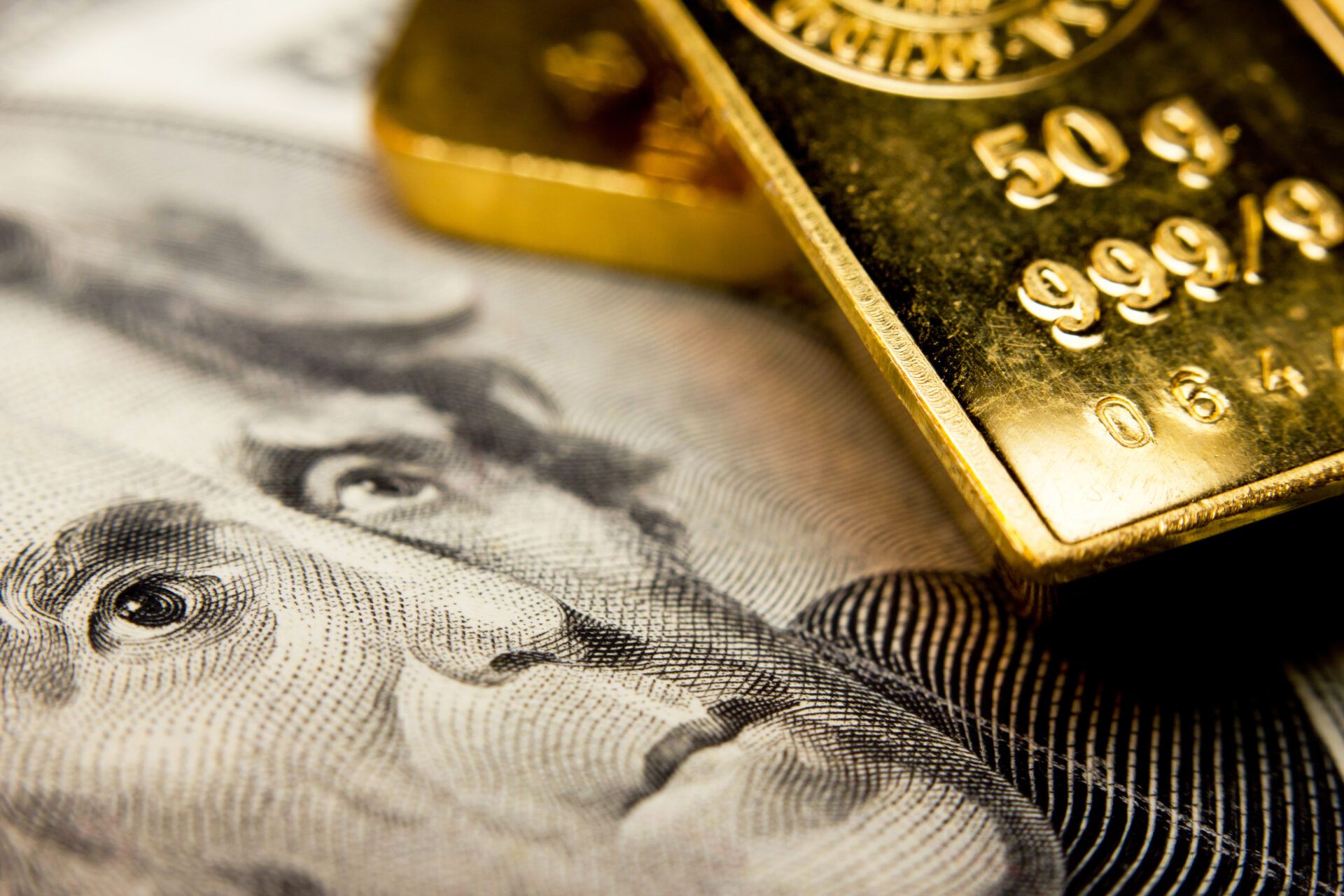“As Long as the Music is Playing, You Have to Get up and Dance”
This memorable and now infamous quote by CEO Chuck Prince, describing Citigroup’s commitment to leveraged buyouts in the summer of 2007 as the sub-prime meltdown was unfolding, resonates as a cautionary tale. In congressional testimony, Prince later defended his statement and the bank’s strategy, asserting that the bank could not afford to fall behind competitors who were loosening lending standards. Prince, hand-picked by banking legend Sandy Weill to succeed him as CEO, had a far deeper insight into market dynamics than the average investor, yet he chose to forge ahead. His consequence for this egregious lack of judgment? He resigned with $90 million in Citigroup stock.
I find myself reflecting on Prince’s narrative as I endeavor to decipher the currents of today’s US stock markets. Indeed, the stock market’s melody plays the tune of uninterrupted prosperity. The S&P 500 is up fourteen in the past fifteen weeks and up more than 20% in the past 15 weeks, a feat unprecedented in stock market history. This climate of optimism is reinforced by a generation of Wall Street and finance professionals who have known only quick recoveries from downturns, each spurred by aggressive Federal Reserve interventions.
This continuous sequence of rebounds has cultivated a perilous complacency among investors, now joined by gamblers who regard the options market no differently than Dogecoin, Rolexes, and DraftKings. The temptation to “dance” amidst the euphoria of a bull market is undeniable. Yet, history instructs us that such periods of exuberance often herald abrupt corrections. The signals are unmistakable: mounting debts, geopolitical conflict, and economic indicators all suggest that this is a moment for caution, not recklessness.
The current climate is ill-suited for heedless risk-taking for several key reasons:
- Real Estate Redux: In 2007, Prince underestimated the markets’ capacity to manage the subprime crisis. Are we now underestimating the risk to markets of today’s commercial real estate troubles? Real estate baron Barry Sternlicht recently assessed the commercial real estate market’s mark-to-market losses at $1.2 trillion. For context, the IMF’s estimated that the subprime losses during the financial crisis were as low as half of this amount, and we all recall what that contagion looked like. And this does not even consider the hints of trouble in the residential real estate sector, a pivotal component of American wealth valued at $47 trillion, where year-over-year home sale prices have dropped by 10%.
- Interest Rates: The Fed’s stance of maintaining rates “higher for longer” merely postpones the inevitable reduction. Irrespective of inflation, the Treasury must refinance $8T of debt this year at higher rates, generating interest costs that would be on a path to surpass national defense costs. The Fed will cut – it is just a when question and likely sooner than they are signaling.
- Event Risk: We are confronting a confluence of financial, geopolitical, and domestic uncertainties, any of which could escalate into a crisis. The staggering $34 trillion in federal debt and record levels of household, mortgage, auto, student, and credit card debt pose widespread risks—from consumer spending to credit events. (Notably, delinquency rates for credit card and auto loans have surged to levels unseen since the 2008 financial crisis.) Globally, there are wars in Europe and the Middle East, and Asia tensions have grown with an increasingly assertive China and Korea. Additionally, recent regional bank meltdowns, such as NYCB’s, reveal underlying vulnerabilities within the banking sector. And if that is not enough, the forthcoming presidential election further compounds the atmosphere of unpredictability.
Considering these factors, the current bullish sentiment in equity markets (coupled with the subdued demand for gold in the U.S. retail sector), stands on the cusp of a potential reversal—a scenario already unfolding in China, where a downturn in real estate and equities has led to a surge in local gold demand. My counsel is not to abandon the dance of investment entirely but to momentarily step off the floor and reassess, embracing a more cautious approach in navigating this complex investment terrain. As I have shared in previous communications, my current strategy has involved reallocating towards a more defensive posture — increasing holdings in cash, gold, value stocks, and strategically placed puts to safeguard significant gains in individual stocks within taxable accounts. This type of dance break has consistently allowed me to return to the fray as a more astute and prepared dancer (and avoid any large drawdowns and congressional hearings).
Steven Feldman
CEO, Hard Asset Alliance



